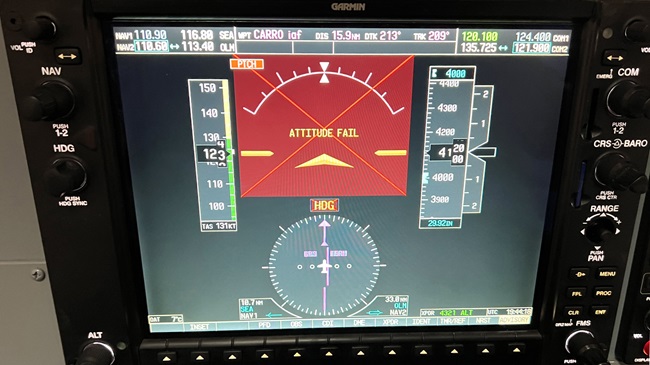IFR Fix: What were they thinking?
News flash. We may have an answer to the intriguing, if not burning, question aired April 3 after a reader asked why standard IFR holding patterns require right turns.
As AOPA reported in “IFR Fix: How to stump a CFII,” we researched and asked around without finding any answers. So, we asked the IFR-architecture pros, thinking they’d know where to dig.
Their response in brief: “You got me on this one.”
“I felt stumped,” said a pilot whose instrument-instructor checkride was coming up. “I talked to a couple of other CFIIs and they were stumped.”
Perhaps because of that looming checkride, he kept digging. “'I’ve researched to the best of my ability and asked several experienced CFIs and we have ‘guesses.’” Perhaps aircraft with large round engines “over-steepened” their turns; perhaps holding patterns directly over airports “were designed to separate Left traffic in the pattern from right traffic in the holds above.” (Perhaps close!)
Another reply was terse, at least. “Right turns are standard because most people are right-handed. What else?”
An advanced ground instructor and FAA Safety Team representative, insisting he was not “as smart nor knowledgeable as the folks you asked about this question,” proffered this: “By turning right pilots keep the ‘unprotected’ area on ‘their’ side of the airplane and the protected area inside on their right wing. This is similar to why ‘left patterns’ are standard (to keep the runway on the pilot side because that is where we should be looking perhaps) versus ‘right patterns.’ Just one thought to share.’”
Writer and former TWA Captain Barry Schiff, author of AOPA’s Proficient Pilot column, recalled that he learned the reason for right-hand holding patterns in the mid-1950s, when he was studying for his instrument rating.
“Many holding patterns are executed in VFR conditions, which means that those in a holding pattern could encounter opposite direction VFR traffic that might be climbing or descending through the holding altitude. Veering to the right (as required by right-of-way regulations) to avoid opposite-direction traffic keeps the holding aircraft in its pattern. This would not be true when executing a left-hand hold, which is why left patterns are the exception, established only when necessary (because of terrain, for example).”




